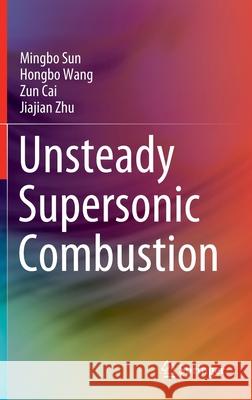Unsteady Supersonic Combustion » książka
topmenu
Unsteady Supersonic Combustion
ISBN-13: 9789811535949 / Angielski / Twarda / 2020 / 345 str.
Unsteady Supersonic Combustion
ISBN-13: 9789811535949 / Angielski / Twarda / 2020 / 345 str.
cena 684,33
(netto: 651,74 VAT: 5%)
Najniższa cena z 30 dni: 655,41
(netto: 651,74 VAT: 5%)
Najniższa cena z 30 dni: 655,41
Termin realizacji zamówienia:
ok. 22 dni roboczych.
ok. 22 dni roboczych.
Darmowa dostawa!
Kategorie:
Kategorie BISAC:
Wydawca:
Springer
Język:
Angielski
ISBN-13:
9789811535949
Rok wydania:
2020
Wydanie:
2020
Ilość stron:
345
Waga:
0.71 kg
Wymiary:
23.39 x 15.6 x 2.24
Oprawa:
Twarda
Wolumenów:
01
Dodatkowe informacje:
Wydanie ilustrowane











